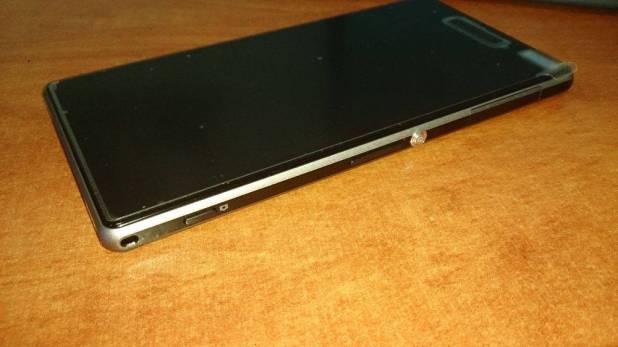The latest rumors suggest that the handset, code-named Honami, will be equipped with a 5-inch full HD display, a 2.3GHz quad-core Snapdragon 800 processor, 2GB of RAM and a non-removable battery between 2,700 mAh and 3,000 mAh. The smartphone will also reportedly feature a 20-megapixel rear camera with a Cybershot CMOS sensor and Carl Zeiss lens.
Saturday, June 29, 2013
Sony’s 20-megapixel flagship smartphone revealed in leaked images
The latest rumors suggest that the handset, code-named Honami, will be equipped with a 5-inch full HD display, a 2.3GHz quad-core Snapdragon 800 processor, 2GB of RAM and a non-removable battery between 2,700 mAh and 3,000 mAh. The smartphone will also reportedly feature a 20-megapixel rear camera with a Cybershot CMOS sensor and Carl Zeiss lens.
Microsoft develops technology to turn your smartphone into a mood ring
Now we know why Windows Phones come in so many different colors. Techworld Australia reports that Microsoft Research Asia has been working on technology that gives your smartphone the ability to detect your mood and post it on your social networks in real-time. What, exactly, would be the benefit of having a smartphone that’s capable of telling the world how you’re feeling at every minute of the day? Microsoft’s researchers write that “privacy concerns aside, these moods would enhance social networks by allowing users to share mood states automatically,” which would help users “know better how and when to communicate with others.” For instance, the researchers say that “when text messaging an upset boss, a user could be cautious of speaking brashly,” which is certainly helpful for people who regularly send angry, profane messages to their employers.
Via
Via
HTML5 is overhyped, no threat to native iOS and Android apps
Industry watchers often debate whether or not HTML5-based Web apps pose a threat to the massive ecosystems that revolve around native apps. According to a recent report from market research firm Strategy Analytics, the answer is a decisive “no.” Apple (AAPL) andGoogle (GOOG) have built huge economies that revolve around mobile apps, and analysts are always looking for a read on how modern Web standards like HTML5 might impact native apps. Strategy Analytics’s report suggests that rather than replace native apps, the advent of standards like HTML5 will result in the creation of a third category of hybrid apps.
“HTML5 is not the future of apps. While developers dream of ‘write once run everywhere’ the fragmented support for and limited APIs within HTML5 make this impossible,” said Strategy Analytics analyst Josh Martin. “In fact, we predict the hybrid app is the future. Existing business models are protected, differentiation among and within ecosystems remains intact, and consumption continues unabated. The end result is the continued dominance of iOS, Android, and increasingly Windows Phone.”
The firm notes that services such as PhoneGap, Sencha, Brightcove and Marmalade already allow developers to combine native app development with open Web standards like HTML5.
Subscribe to:
Posts (Atom)





